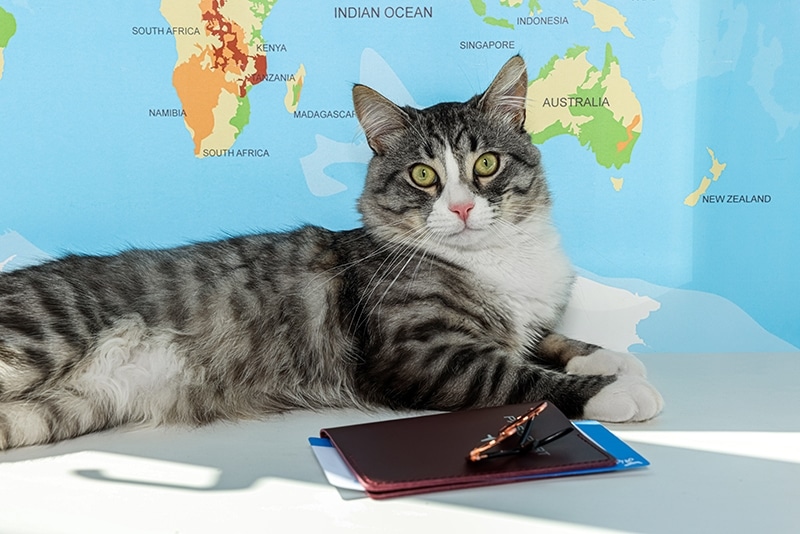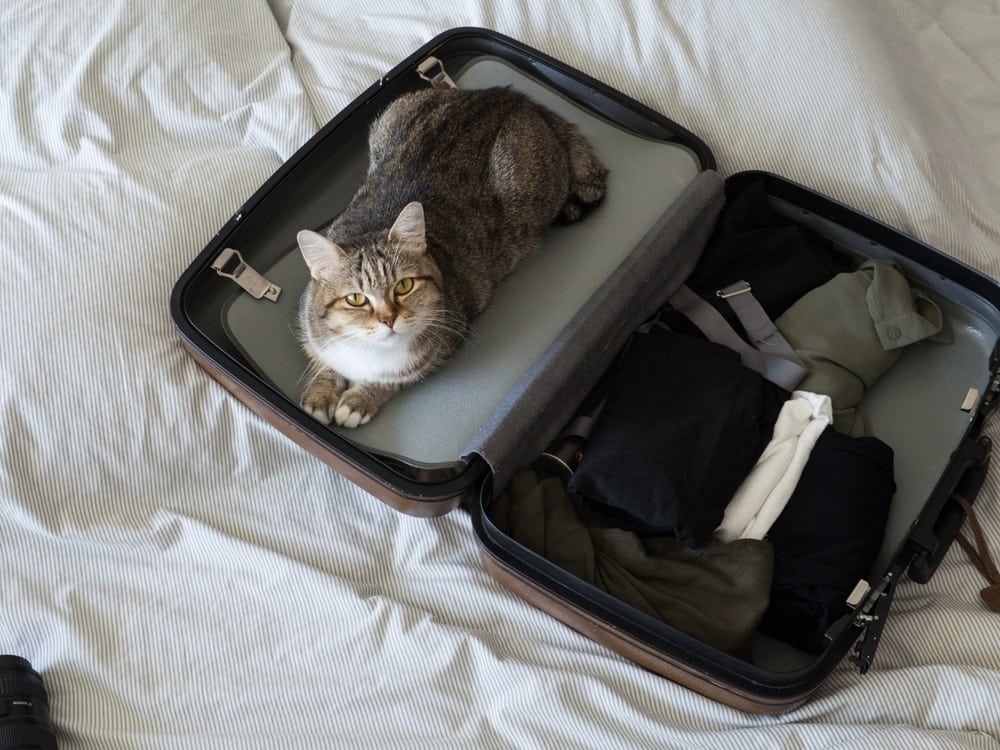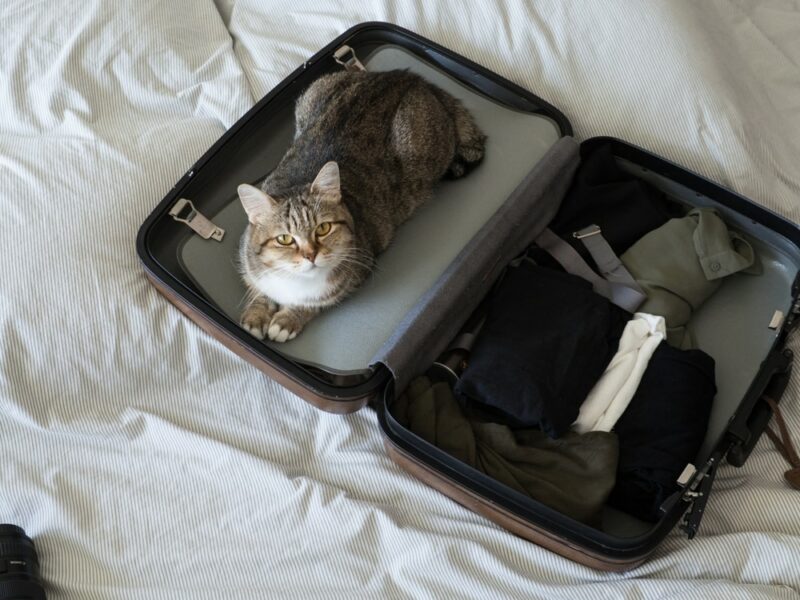If you’re planning a trip abroad and bringing your pets, you must ensure you have all your documents in order. Between 2000 and 2020, if you were planning to travel through Europe and Northern Ireland with a dog, cat, or ferret, you could purchase a “pet passport.” However, pet passports are now no longer required since Brexit. Instead, you will need an Animal Health Certificate (AHC). This will cost you on average £110; however, this may differ depending on your location and vet clinic that you use.
For your pet to qualify, it will need to meet certain criteria, and you may need to pay extra on top of just obtaining the AHC. So, let’s take a look at exactly how much all of this could cost you.
The Importance of a UK Pet Passport
What you need will also depend on where you plan to go. For travel within Europe and Northern Ireland, you need the AHC, which is valid for 10 days after being issued. Once you’ve used it to travel, it’s valid for 4 months. You can add up to five pets on one certificate. If you fail to get a valid AHC, you cannot bring your pet with you on your travels.
If you are traveling to a non-EU country, you will need an Export Health Certificate (EHC). If you live in England, Wales, or Scotland, you must complete an export application form (EXA). The process is a little more complicated than an AHC, but all the information you need is on the UK Government’s website.1
These documents are all essential because they prove that your pet meets the relevant health requirements to travel. Doing your research before you travel is important because each country will have different requirements.


How Much Does a Pet Passport Cost?
An AHC costs, on average, £110, but this could differ depending on your veterinarian clinic and where you live. We suggest speaking to your vet about the AHC as soon as you consider traveling. An AHC needs to be signed by an official veterinarian (OV); if your vet isn’t one, they might be able to point you in the direction of one who can do this for you.
- Identification
- Microchip information
- Vaccination record
- Your pet
As we mentioned, you can add up to five pets on the AHC, so each pet will cost you money, as each will need to be checked by the vet to make sure they can travel. Some veterinarian clinics won’t charge you extra for adding more pets onto the certificate, while others charge around £100.
Others might charge you extra if you are filing the paperwork as an emergency and need them to get everything back to you faster than usual. We found some average prices depending on the location:
| Location | AHC Cost | Additional Charges |
| Edinburgh – Glasgow | £59–£99 | £10-£30 if you are outside the area |
| Leeds | £190 | £70 for additional pets |
| London | £212 | £106 for additional pets |
| Nottingham | £100 | £150–£200 for emergency service and £30–£50 for additional pets |
As you can see, prices vary drastically, so it’s a good idea to contact your vet as soon as possible to discuss costs.

Additional Costs to Anticipate
The AHC is valid for 10 days before you travel, and your pet must be vaccinated for rabies at least 21 days before travel, so you will need to factor these timeframes in. If you need to get your pet microchipped and vaccinated, you must include these costs in your plan.
Microchipping costs £15 to £20, rabies vaccinations cost £15–£60, depending on where you live, and tapeworm treatment costs £20–£30. If traveling outside Europe and Northern Ireland, you will need to check the requirements your pet needs to meet; you might need pet insurance, additional vaccinations, or a rabies blood test.

The Requirements for a Pet Passport
For your pet to be considered safe to travel, it will need to meet certain requirements.
- At least 12 weeks old
- Microchipped
- Vaccinated for rabies
If you are traveling to Finland, Northern Ireland, Ireland, Norway, or Malta, you will also need up-to-date tapeworm treatment. You must get tapeworm treatment for your dog 24–120 hours before you return to the UK. Make sure to keep the documents to prove you’ve done this, or it could delay your getting back into the country.

Does Pet Insurance Cover Pet Passports?
Pet insurance, unfortunately, doesn’t cover the cost of the AHC, but it is worth checking with your provider if you can claim anything back if it’s covered as part of their wellness package. However, most insurance providers don’t cover vaccinations or microchipping.
It is worth checking if your pet is covered while you’re abroad and if the cost of a veterinarian visit will be covered if something happens while you are traveling.
Conclusion
Traveling abroad is always exciting, but organizing travel can be a headache. The pet passport was arguably more convenient. However, the AHC is easier than it first appears when you plan enough time to complete the process.
Prices can vary depending on where you live and if your local vet can issue you an AHC. If you get everything in on time, you will undoubtedly save money, so get the paperwork in as soon as possible!
- See Also: How Much Does a US Pet Passport Cost?
Featured Image Credit: Niik Leuangboriboon, Shutterstock











